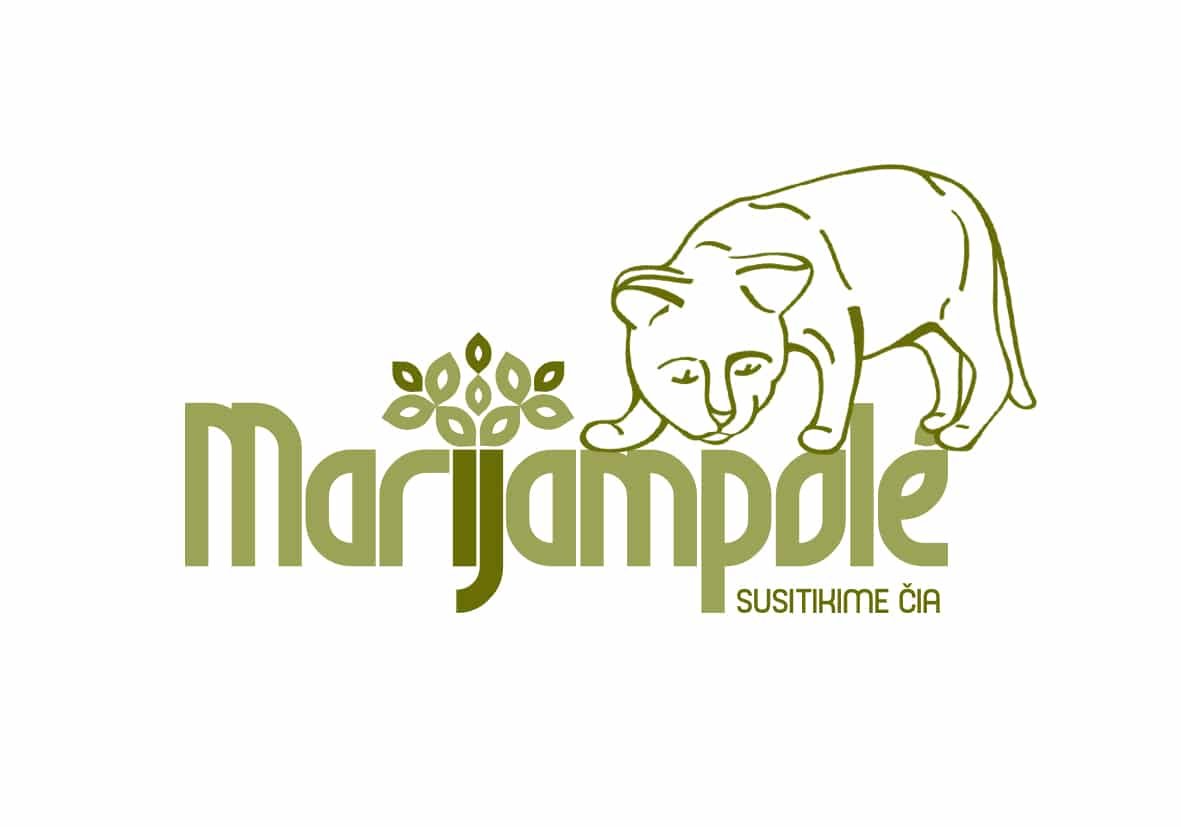Aleksai family homestead
Jonas Pranas Aleksa (1879–1955) was a Lithuanian state and public figure, agronomist, sociologist and economist. In 1942, he presented a memorandum to the German Commissioner-General in Kaunas with K. Grinius and M. Krupavičius protesting against the colonization of Lithuania and the killing of Lithuanian citizens (Lithuanians, Jews, Russians, Poles). In 1948, he was deported to Siberia, where he died. The remains were brought back to Lithuania in 1990 and buried in Palanga. Julius Aleksa (1855–1891) – Lithuanian publicist, doctor, belligerant. In 1890–1891 he wrote for the newspapers “Varpas" and “Vienybė lietuvninkų ". He was imprisoned in Warsaw in 1891. He collected Lithuanian folk songs and their melodies, formed a Lithuanian-Latin botanical dictionary, the manuscript of which disappeared. Konradas Juozas Aleksa (1881–1956) was a Lithuanian veterinarian, agricultural scientist, archeobiologist and cultural figure. One of the creators of the Veterinary Academy and the founders of the Lithuanian Veterinary Doctors' Union, its chairman for several years. Due to genetics, private ownership, recognition of the works of Western scientists, he was criticized and persecuted by the Soviet authorities. The first in Lithuania he studied the ruins of horses dug in cemeteries: determined their age, gender, height. Konstantinas Aleksa (1863-1935) was a teacher and public figure. With others he established Lithuanian schools in Suvałkai region. He cooperated in the Lithuanian press.

